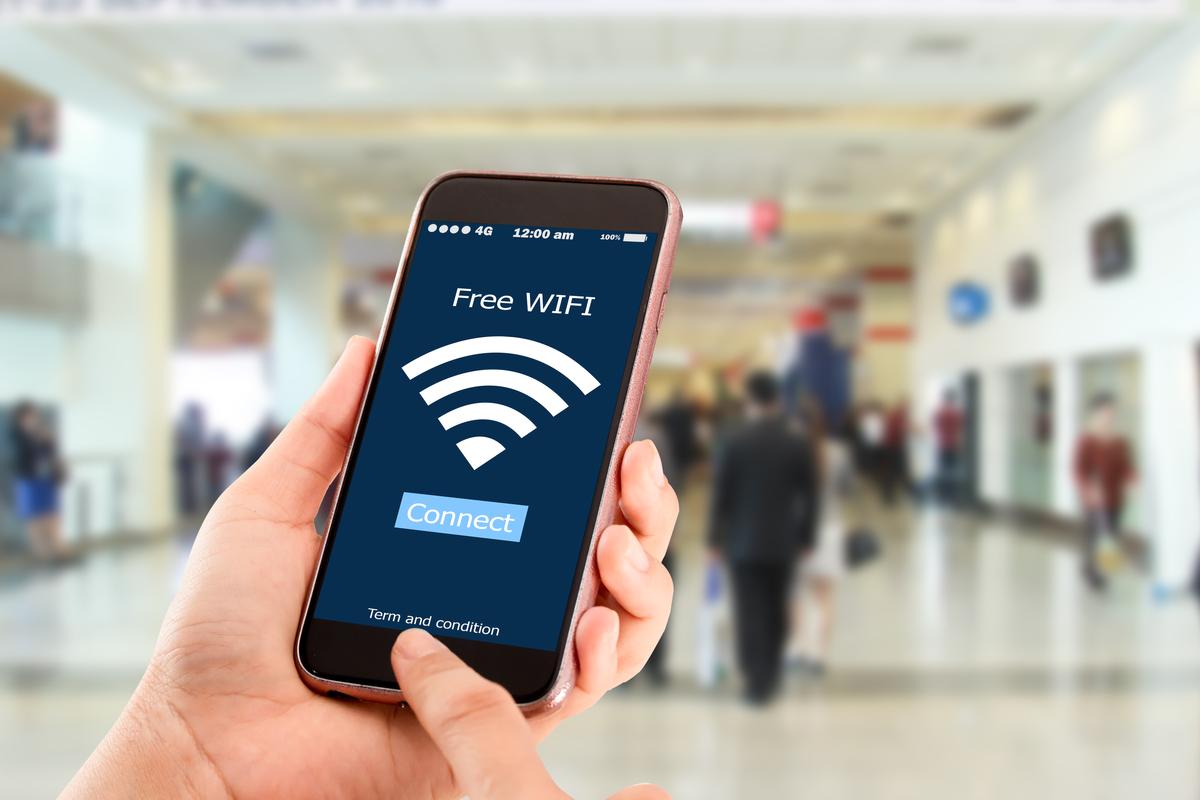NEWS: Ensuring Your Security on Public Wi-Fi: What You Need to Know
September 12, 2023

Public Wi-Fi networks are practically everywhere, offering unmatched convenience. However, beneath this convenience lies a hidden world of risks that affect both individuals and businesses. With the increasing prevalence of remote work, people are conducting business from various locations – local cafes, out-of-town hotels, or even airport terminals. Let’s delve into the less pleasant aspects of public Wi-Fi, both from a personal and business perspective.
As reported by Forbes Advisor, a staggering 56% of users opt for public Wi-Fi networks that require no password. While this is undoubtedly convenient, it comes with a catch: many users are unaware that these open networks can be exploited by malicious actors to steal sensitive information such as credit card details and passwords.
- The Man-in-the-Middle Attack: Imagine you’re engaged in a conversation with your favorite website or exchanging emails with a friend. In a Man-in-the-Middle (MITM) attack, a cunning hacker clandestinely inserts themselves into your communication, potentially altering it. Although you believe you’re directly communicating with the intended recipient, the hacker intercepts the data, including your sensitive information.
- Eavesdropping: Intercepting Your Conversations: Public Wi-Fi networks, especially those lacking encryption like WPA2, provide hackers with an open window to eavesdrop on data transmission. Utilizing tools like packet analyzers, they can easily capture unencrypted information, compromising your security.
- Caution Regarding Rogue Hotspots: Picture this scenario: a hacker sets up a counterfeit Wi-Fi network with a name strikingly similar to a legitimate one, for instance, “AirportFreeWiFi” instead of “Airport_WiFi.” Unsuspecting users connect to this rogue hotspot, allowing the hacker to monitor all data traffic and harvest sensitive data.
- Honeypot Networks – A Deceptive Trap: Honeypot networks function as deceptive traps, designed by hackers to lure unsuspecting users. Once connected, hackers may introduce malware or exploit vulnerabilities in your device.
- Spoofing – Deceptive Impersonation: In a spoofing attack, a hacker impersonates another device on the network, diverting data through their own system. This tactic enables them to capture and manipulate data as they see fit.
- Session Hijacking – Unauthorized Control: Session hijacking occurs when an attacker takes control of an ongoing session between a client and a server, such as a login session on a website. This unauthorized access can lead to compromised accounts and services.
- Facilitating Malware Distribution: Public Wi-Fi networks can serve as conduits for malware distribution. Hackers may clandestinely inject malware into software updates or downloads. Once your device is infected, the malware can spy on your activities, steal information, or incorporate your device into a malicious botnet.
- Vigilance Against Login Page Phishing: Certain public Wi-Fi networks redirect users to a login or terms acceptance page before granting access. Crafty hackers can replicate these pages to capture login credentials and other personal information.
Here are some essential precautions to enhance your safety when using public Wi-Fi:
- For Business Owners Providing Wi-Fi: Consider implementing web filtering for your Wi-Fi hotspots. This safeguards your guests from harmful online content, fosters customer loyalty, and creates a secure internet environment. Additionally, utilizing a DNS filtering service can provide valuable anonymized user preference data for future marketing campaigns.
- For Regular Public Wi-Fi Users: Deploy DNS filtering services like SafeDNS, installing them on your devices and selecting categories to block malicious websites. Avoid accessing sensitive websites, such as online banking platforms, while using public Wi-Fi. Disable sharing settings on your device, forget the network after disconnecting to prevent automatic reconnection, and prioritize HTTPS websites with SSL/TLS encryption when transmitting sensitive data.
While public Wi-Fi undoubtedly offers convenience, it is imperative to remain vigilant regarding its inherent vulnerabilities and to take proactive measures to safeguard your data and online security. Stay informed and secure as you navigate the digital landscape.
